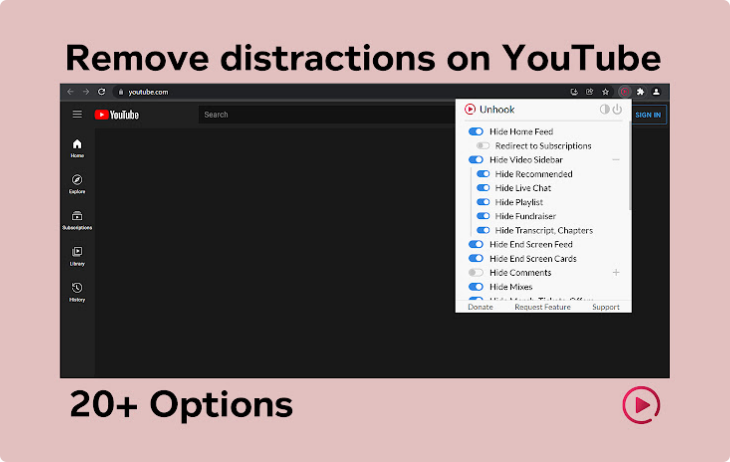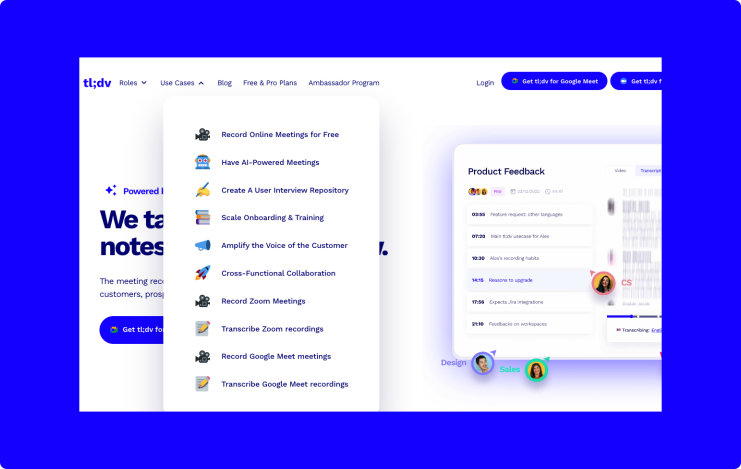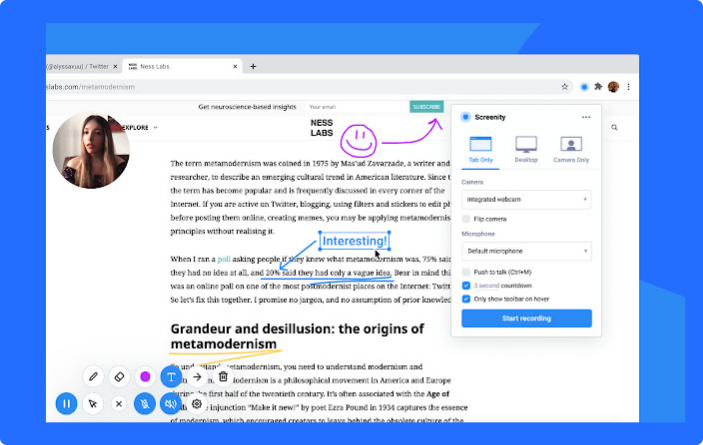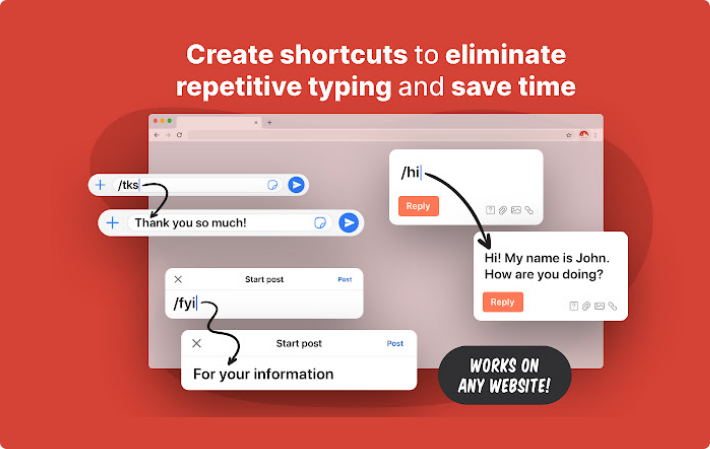Google Chrome is one of the most widely used browsers, thanks to its speed, ease of use, and versatility. Google Chrome has vast collection of extensions that can be installed to enhance its functionality.
In the last article in this series, we have highlighted 8 best Google Chrome extensions that can save hours of work, however In this article, we’ll take a closer look at five must-have Google Chrome extensions that can significantly improve your browsing experience and make your life easier.
From saving time to increasing productivity, these extensions are sure to become your go-to tools for simplifying your daily online activities.
1. Unhook – Remove YouTube Recommended Videos
Hide YouTube related videos, comments, shorts tab, suggestions wall, homepage recommendations, trending, and other distractions.
This is a browser extension to remove YouTube distractions, including the recommended sidebar, endscreen video suggestions, user comments and more.
It is compatible with mobile YouTube, m.youtube.com, through Kiwi Browser or Yandex Browser on Android.
unhook.app
2. Magical: AI Meeting Builder
This is AI powered meeting builder. You can automate your meetings, scheduling, and note-taking with this app: It includes features such as:
1. ✅ AI Agenda - Automatically generate agendas tailored to your meeting's
topics and goals. No more time wasted trying to figure out what to talk about;
your customized agenda will keep you on track and focused.
2. 📅 AI Time Suggest - Find the ideal meeting times based on your preferences
and availability.
3. 📝 AI Notetaker - Receive a transcribed summary that covers all of the key
points and action items from your meetings.
magical.so
3. tldv – Record, Transcribe & ChatGPT for Google Meet
This is another amazing tool you must have. It is an award-winning meeting recorder for Google Meet and Zoom that lets you capture calls like never before.
With this tool, you can:
- 🎥 Record Google Meet presentations and meetings automatically in top quality
- 💬 Receive highly accurate Google Meet transcription with Speaker Tags
- 🌎 Transcribe Google Meet transcriptions into 20+ languages
- 📌 Timestamp and highlight important call moments
- ✨ AI Note taking powered by Chat-GPT & GPT-4
- 🔗 Share links to recordings automatically to Slack and E-Mail
- 🔍 Search your call library for any word spoken in meetings and more...
tldv.io
4. Screenity – Screen Recorder & Annotation Tool
This is a powerful screen recorder for Chrome. With Screenity you can record and annotate your screen seamlessly.
FEATURES
🎥 Make unlimited recordings of your tab, desktop, any application, and camera
✏️ Annotate by drawing anywhere on the screen, adding text, and creating arrows
👀 Highlight your clicks, focus on your mouse, or hide it from the recording
🎙️ Individual microphone and computer audio controls, push to talk, and more
⚙️ Custom countdowns, show controls only on hover, and many other customization options
💾 Export as mp4, gif, and webm, or save the video directly to Google Drive
✂️ Trim or remove sections of your recording
5. Text Blaze
With this tool, you can Insert text templates anywhere using keyboard shortcuts. Use this tool to save hours of work and avoid mistakes by eliminating repetitive typing using customizable templates.
FEATURES
★ Works anywhere you work
★ Use placeholders in your templates - Text Fields, drop down menus and more
★ Make your template dynamic with the current date, formulas or more
★ Supercharge your team with sharing and collaboration
★ Easily search your templates from any web page
blaze.today
Conclusion
In conclusion, Google Chrome extensions can be a game-changer when it comes to optimizing your browsing experience. The five extensions we’ve highlighted in this article can save you time, streamline your workflow, and enhance your productivity. By installing these extensions, you can take full advantage of the capabilities of your Google Chrome browser and make the most out of your online activities. So go ahead and give these extensions a try, and experience the benefits they can offer in making your life easier.









